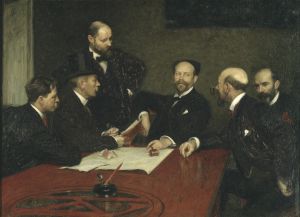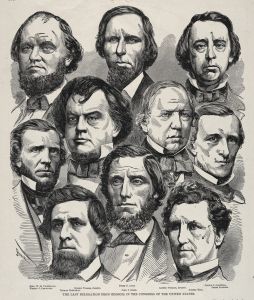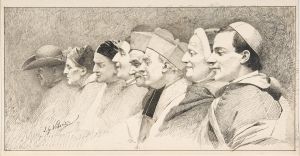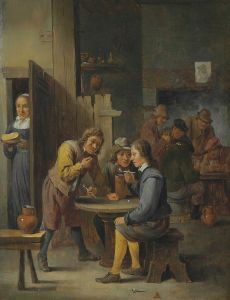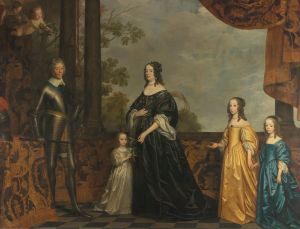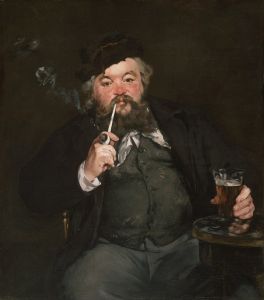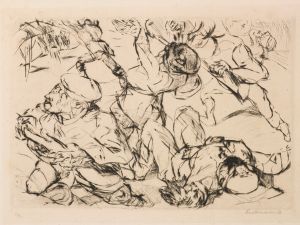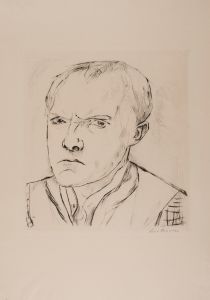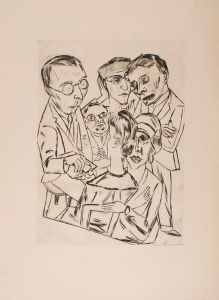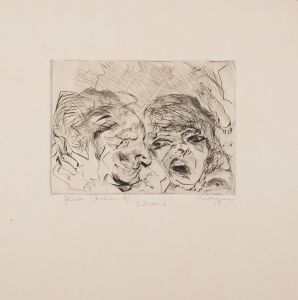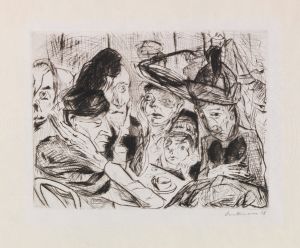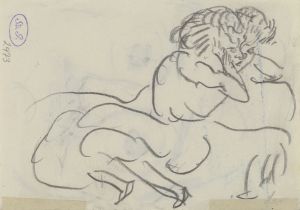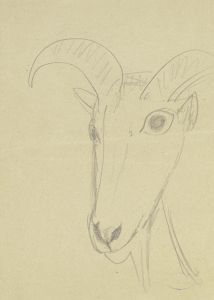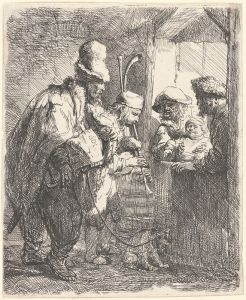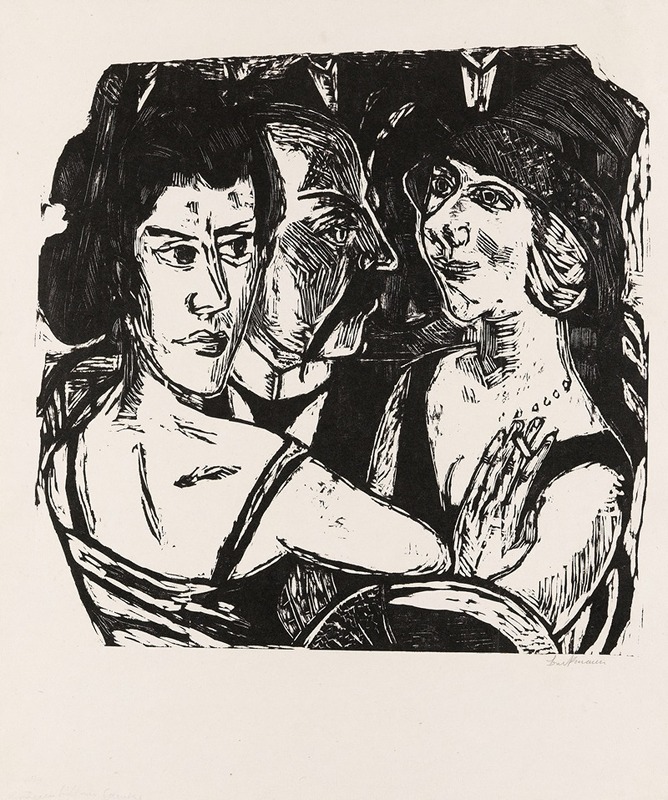
Gruppenbildnis Edenbar
A hand-painted replica of Max Beckmann’s masterpiece Gruppenbildnis Edenbar, meticulously crafted by professional artists to capture the true essence of the original. Each piece is created with museum-quality canvas and rare mineral pigments, carefully painted by experienced artists with delicate brushstrokes and rich, layered colors to perfectly recreate the texture of the original artwork. Unlike machine-printed reproductions, this hand-painted version brings the painting to life, infused with the artist’s emotions and skill in every stroke. Whether for personal collection or home decoration, it instantly elevates the artistic atmosphere of any space.
Max Beckmann's painting "Gruppenbildnis Edenbar" (Group Portrait, Eden Bar) is a significant work in the oeuvre of the German painter, who is renowned for his contributions to the New Objectivity movement. Created in 1931, this painting captures a scene in the Eden Bar, a well-known cabaret in Berlin during the Weimar Republic era. The Eden Bar was a popular venue for Berlin's bohemian and artistic circles, and Beckmann's depiction provides a vivid snapshot of the social and cultural atmosphere of the time.
The painting is notable for its complex composition and the way it encapsulates the vibrant yet tense environment of the period. Beckmann employs his characteristic style, marked by bold lines and a somewhat distorted perspective, to convey the psychological depth and the intricate relationships between the figures in the scene. The group portrait includes a variety of characters, each rendered with a distinct personality and emotional expression, reflecting the diverse clientele of the Eden Bar.
Beckmann's use of color in "Gruppenbildnis Edenbar" is particularly striking. He utilizes a rich palette to highlight the opulence and decadence of the cabaret setting, while also hinting at the underlying sense of unease and instability that characterized the final years of the Weimar Republic. The interplay of light and shadow in the painting adds to the dramatic effect, creating a sense of movement and dynamism that draws the viewer into the scene.
The figures in the painting are arranged in a manner that suggests both connection and isolation. While they are physically close to one another, there is a palpable sense of emotional distance, reflecting the fragmented nature of society at the time. Beckmann's ability to capture this duality is one of the hallmarks of his work, and "Gruppenbildnis Edenbar" is a prime example of his skill in portraying the complexities of human interaction.
Max Beckmann himself had a tumultuous relationship with the socio-political changes occurring in Germany during the early 20th century. His work often reflects his critical view of the society around him, and "Gruppenbildnis Edenbar" is no exception. The painting can be seen as a commentary on the decadence and moral ambiguity of the Weimar era, as well as a forewarning of the impending turmoil that would soon engulf Germany with the rise of the Nazi regime.
In summary, "Gruppenbildnis Edenbar" is a masterful work by Max Beckmann that captures the essence of a specific moment in Berlin's history. Through his distinctive style and keen observational skills, Beckmann provides a window into the world of the Eden Bar, offering insights into the social dynamics and cultural tensions of the time. This painting remains an important piece in the study of Beckmann's artistic legacy and the broader context of German art in the early 20th century.





